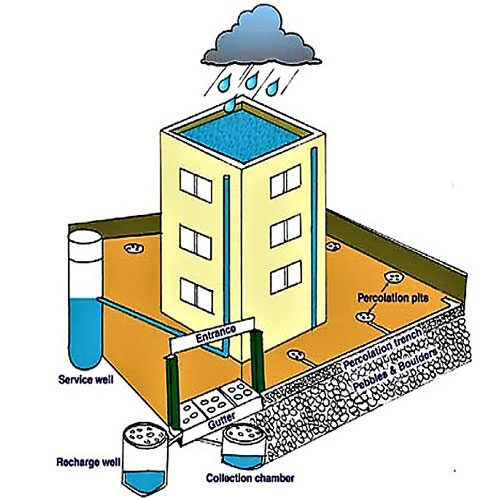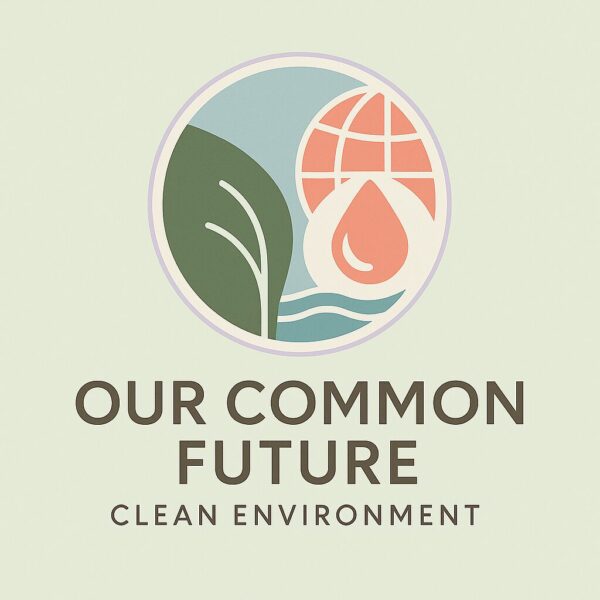Introduction to Insulation Upgrades for Energy-Efficient Home
Homes lose heat fast in cold winters. Upgrading insulation saves energy. It cuts bills, too. In Punjab, Pakistan, this matters most. Hot summers and humid monsoons challenge homes. First, understand why upgrades help. They trap heat and cool air. This boosts comfort year-round.
Why Upgrade Insulation Now
Energy costs soar in 2025. Pakistan faces rising electricity prices. Insulation upgrades for energy-efficient homes reduce usage by 20%. Traditional homes use mud bricks. They leak air easily. Modern insulation seals gaps. However, monsoon humidity causes mold. Choose moisture-resistant types wisely.
Common Insulation Types for Punjab Energy-Efficient Homes
Fiberglass works well in attics. It costs PKR 50 per square foot. Next, foam boards suit walls. They resist humidity better. Cellulose fills odd spaces. It uses recycled paper. Rock wool handles heat extremes. Each type fits Punjab’s climate. Pick based on home needs.

Fiberglass insulation installed in a Punjab home attic, August 2025.
DIY vs. Professional Installation Comparison
DIY saves money but takes time. Buy materials from local markets. Install fiberglass in attics easily. However, professionals ensure proper fit. They avoid air leaks. Costs range from PKR 100-200 per square meter. DIY cuts this by 50%. Weigh skills against quality.
Cost-Benefit Table for Insulation Upgrades
Insulation upgrades for energy-efficient homes pay off quickly. See the table below. It compares types and returns.
Cost-Benefit Table for Insulation Upgrades
Insulation upgrades for energy-efficient homes pay off quickly. See the table below. It compares types and returns.
| Insulation Type | Cost (PKR/sq m) | Energy Savings (%) | Payback Period (Years) | Best For Punjab |
|---|---|---|---|---|
| Fiberglass | 50-80 | 15-25 | 2-4 | Attics |
| Foam Boards | 100-150 | 20-30 | 3-5 | Walls |
| Cellulose | 60-90 | 18-28 | 2-4 | Odd Spaces |
| Rock Wool | 80-120 | 22-32 | 3-5 | Heat Extremes |
Data from Punjab Energy Department, 2025.
Challenges in Punjab’s Climate
Monsoon rains bring humidity. This rots poor insulation fast. Heatwaves degrade materials too. Traditional homes lack vapor barriers. Upgrades must include them. Moreover, subsidies help low-income families. Government programs cover 30% of costs.

Underground rainwater storage in a Punjab home, combating water scarcity, August 2025.
Steps to Upgrade Insulation for Energy-Efficient Home
First, assess your home’s needs. Check attics and walls. Next, measure areas accurately. Buy materials from Lahore markets. Install during dry seasons. Seal gaps with caulk. Finally, test for air leaks.
Benefits Beyond Energy Savings
Upgrades improve air quality. They reduce dust entry. Comfort rises in summers and winters. Property values increase by 10%. Punjab sees fewer health issues from drafts. Transition to upgrades now.
My Opinion: Energy-Efficient Home
Insulation upgrades for energy-efficient homes transform Punjab living. They fight climate woes effectively. Homeowners save money long-term. Governments must push more subsidies. Act today for greener tomorrow.
More to Read
Rainwater Harvesting Methods for Small Homes in Pakistan
FAQs
Q1. What is the best insulation for energy efficient homes?
Spray foam, rigid foam boards, and cellulose offer excellent energy performance and sustainability.
Q2. How does insulation save energy at home?
It reduces heat loss in winter and cooling loss in summer, lowering energy bills.
Q3. Are insulation upgrades worth the cost in Pakistan?
Yes—reduced energy bills, comfort, and long-term savings outweigh the upfront investment.
Q4. What eco-friendly insulation options exist?
Sheep wool, recycled cellulose, and hemp are sustainable insulation materials.
Q5. Can better insulation help fight climate change?
Yes, by cutting household energy demand, insulation reduces fossil fuel use and carbon emissions.




